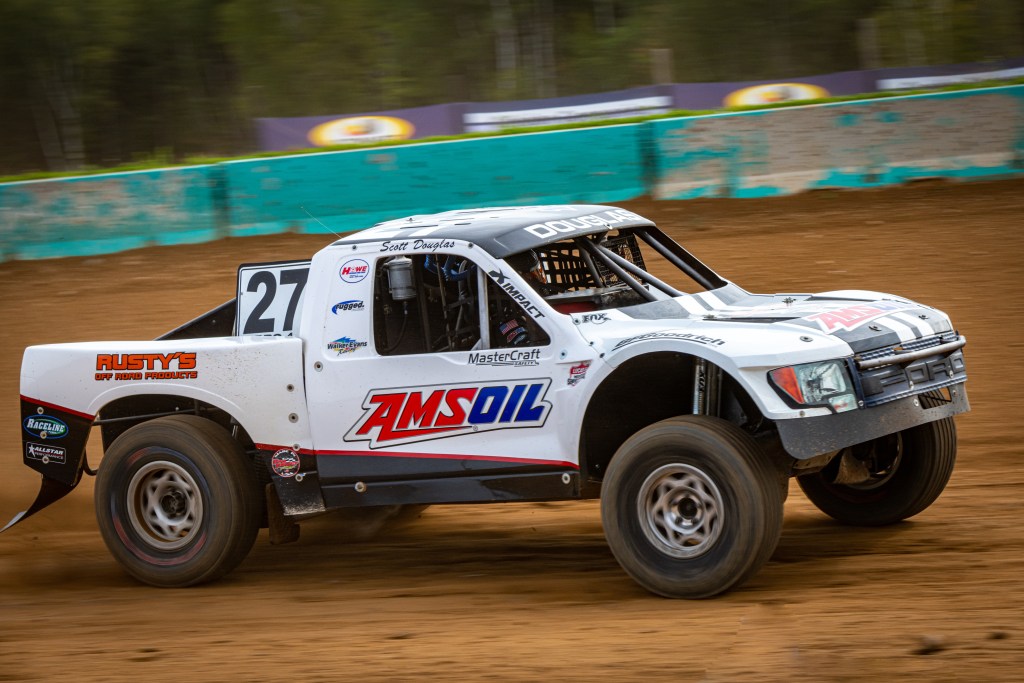Why not use Racing Oil in my Car If It’s Tougher? John Baker|Nov 29, 2019 8:00 AM When deciding if racing oil is right for their vehicles, gearheads and other enthusiasts sometimes offer this line of reasoning: Racing engines are more severe than my engine Racing engines use racing oil Therefore, I should use racing […]
You are browsing archives for
Tag: wear protection
Five reasons to use motorcycle oil in yo...
You can use Car Motor Oils in your Bike if you Add Two More Wheels. You wouldn’t want to buy a used bike if motorcycle oil wasn’t used. Impressive performance happens when you are using the right oil in the right application. Len Groom | TECHNICAL PRODUCT MANAGER, POWERSPORTS The results of a study from […]
The Pinnacle of Performance
The Pinnacle of Performance The new Signature Series Synthetic Motor Oil formulation builds upon its rock-solid foundation to offer enthusiasts a new level of engine protection. Signature Series Synthetic Motor Oil (ASM, ALM, AZO, ASL, ATM, AZF, AMR) Improving Signature Series was a challenge, but the results prove the new formulation blows the doors off […]


